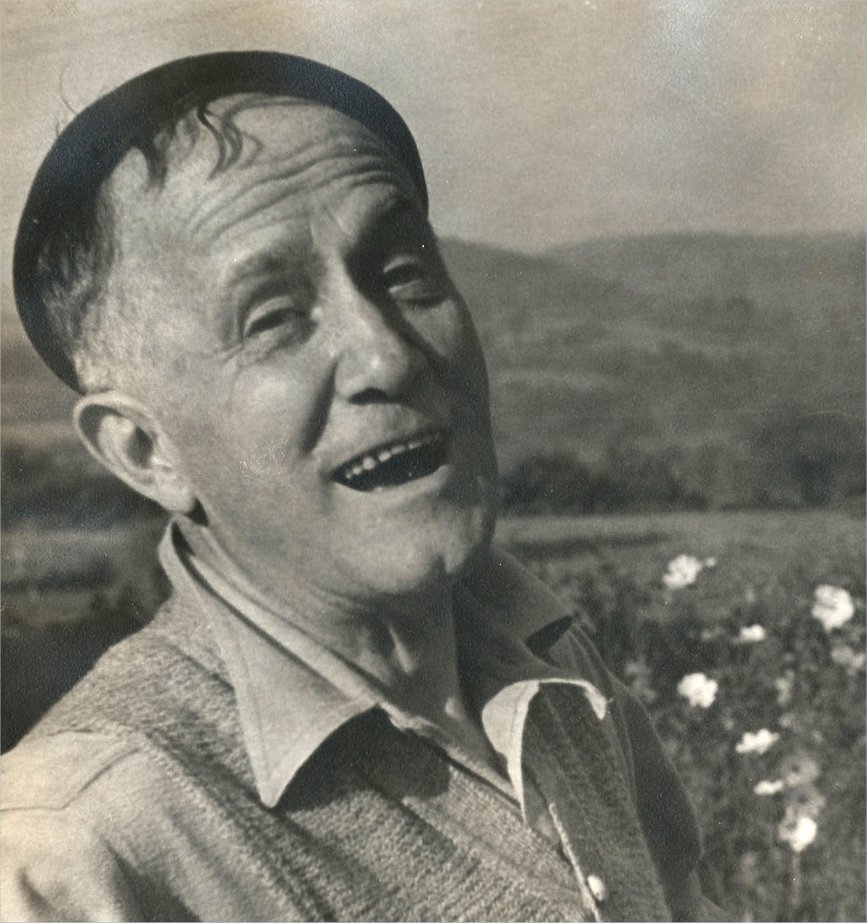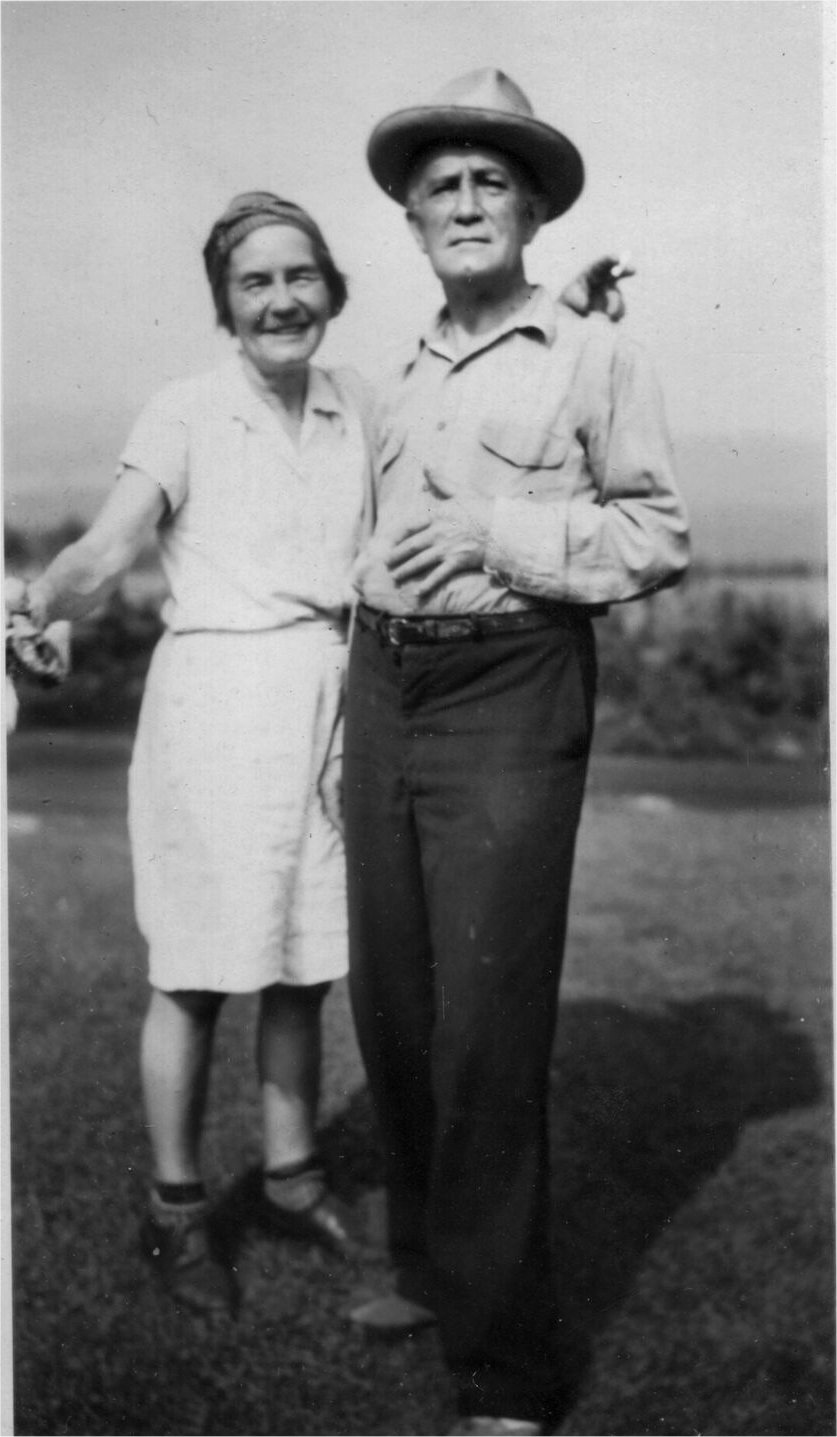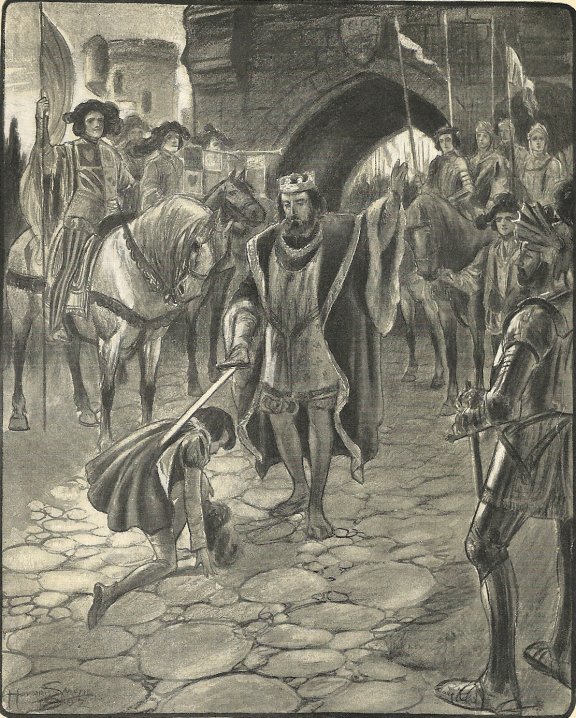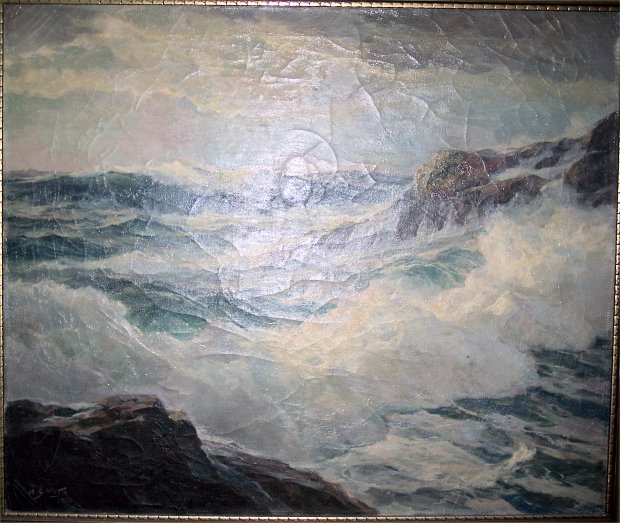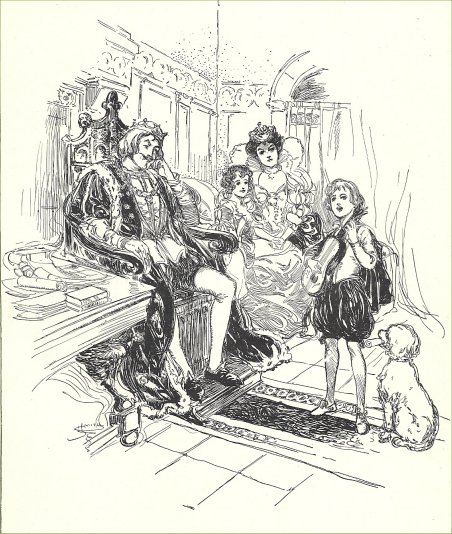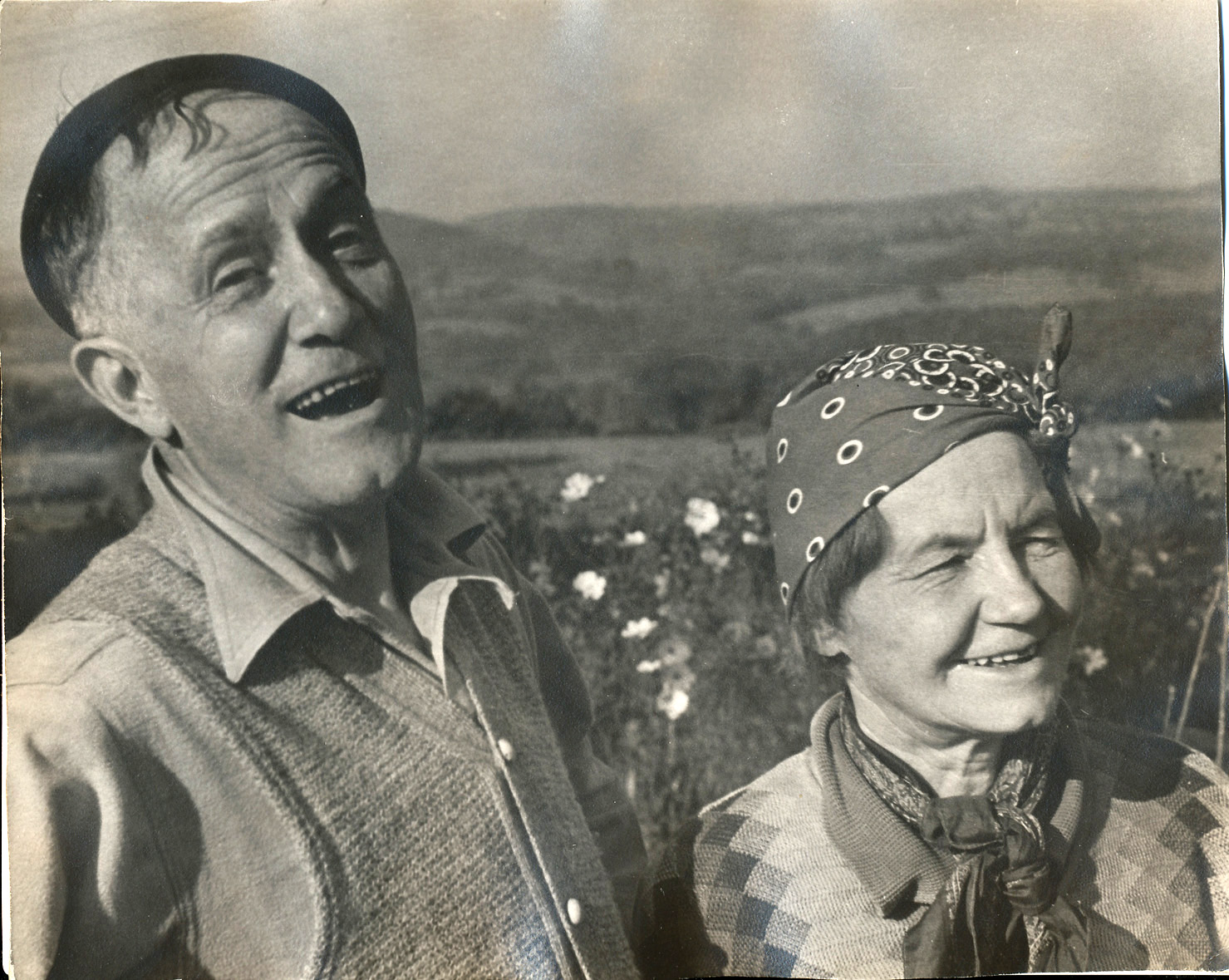A painter and book illustrator, Howard Smith was born September 23, 1877, in Philadelphia, Pennsylvania, the son of Isaac Hampton Smith and Mary Drollinar. He and twin-sister Kate (Kathrine O. Smith) had one older brother, Jacob Grayson Smith. Isaac Smith was a police officer and Mary Smith was the daughter of a local stone worker. According to a passport, Howard was 5´7" with brown hair and brown eyes.
Little is known of Howard Smith's early years, but by age 22 he indicated his occupation as "New York City artist." In 1902, at the age of 23, he illustrated Ruth Kimball Gardiner's In Happy Far-Away Land, a children's book. Somewhat later he visited the British Isles.
In 1915 Howard Smith was living on E. 17th St., northeast of Greenwich Village. His name appeared in the city directory under the artist listing for many years. In 1918 he registered for the draft with a NYC board and cited a lithography firm as his employer. He indicated his father as his nearest relative, who, together with Howard's mother, had moved to Haddon Heights, New Jersey.
By the early 1920s, Howard Smith had formed a partnership with Annie "Lou" Rogers, a cartoonist and children's writer from Maine. They collaborated on a series of illustrated poems and cutouts for children called "Gimmicks." Lou wrote the stories and the initial drawings; a byline revealed "color by Howard Smith." Seventeen episodes were published in the Ladies' Home Journal. At about the same time, they announced their marriage.
Howard and Lou continued with commercial art for the next two decades. In 1927 they jointly illustrated a health text for school children, Grace Hallock's After the Rain. By 1933, they had acquired an old farmhouse in Brookfield, Connecticut, which became their seasonal getaway and passion. Howard presented his wife with an oil painting of the property, labeled "For the new home from Howard." On the front of the painting at the lower left was inscribed "HS--- Brookfield." Other paintings depicted spring and autumn featuring the old barn, landscape trees, and background of rolling hills.
By the 1940s Howard Smith had discovered his niche in seascapes of the New England coast. He especially appreciated the scenery on Monhegan Island, an established art community off the coast of Maine. He produced several large oils (3´ x 2´) from this locale, signed "H. Smith." At Monhegan, he and Lou undoubtedly renewed their acquaintance with painter and former woman suffrage co-worker, Ida S. Proper, then a year-round resident of the island. His draft registration from 1942 stated that he was self-employed and listed the artist Adolph Dietsche as a contact.
In the early 1950s Lou Rogers was suddenly faced with declining health due to multiple sclerosis. Howard Smith was devastated and could no longer provide adequate care for his wife. Lou Rogers was taken in by her sister in Canton, New York, where she died in 1952. Howard retreated to his own world and passed away within a few years.
Thanks to Alice Sheppard for the research and biography of Howard!
A painter and book illustrator, Howard Smith was born September 23, 1877, in Philadelphia, Pennsylvania, the son of Isaac Hampton Smith and Mary Drollinar. He and twin-sister Kate (Kathrine O. Smith) had one older brother, Jacob Grayson Smith. Isaac Smith was a police officer and Mary Smith was the daughter of a local stone worker. According to a passport, Howard was 5´7" with brown hair and brown eyes.
Little is known of Howard Smith's early years, but by age 22 he indicated his occupation as "New York City artist." In 1902, at the age of 23, he illustrated Ruth Kimball Gardiner's In Happy Far-Away Land, a children's book. Somewhat later he visited the British Isles.
In 1915 Howard Smith was living on E. 17th St., northeast of Greenwich Village. His name appeared in the city directory under the artist listing for many years. In 1918 he registered for the draft with a NYC board and cited a lithography firm as his employer. He indicated his father as his nearest relative, who, together with Howard's mother, had moved to Haddon Heights, New Jersey.
By the early 1920s, Howard Smith had formed a partnership with Annie "Lou" Rogers, a cartoonist and children's writer from Maine. They collaborated on a series of illustrated poems and cutouts for children called "Gimmicks." Lou wrote the stories and the initial drawings; a byline revealed "color by Howard Smith." Seventeen episodes were published in the Ladies' Home Journal. At about the same time, they announced their marriage.
Howard and Lou continued with commercial art for the next two decades. In 1927 they jointly illustrated a health text for school children, Grace Hallock's After the Rain. By 1933, they had acquired an old farmhouse in Brookfield, Connecticut, which became their seasonal getaway and passion. Howard presented his wife with an oil painting of the property, labeled "For the new home from Howard." On the front of the painting at the lower left was inscribed "HS--- Brookfield." Other paintings depicted spring and autumn featuring the old barn, landscape trees, and background of rolling hills.
By the 1940s Howard Smith had discovered his niche in seascapes of the New England coast. He especially appreciated the scenery on Monhegan Island, an established art community off the coast of Maine. He produced several large oils (3´ x 2´) from this locale, signed "H. Smith." At Monhegan, he and Lou undoubtedly renewed their acquaintance with painter and former woman suffrage co-worker, Ida S. Proper, then a year-round resident of the island. His draft registration from 1942 stated that he was self-employed and listed the artist Adolph Dietsche as a contact.
In the early 1950s Lou Rogers was suddenly faced with declining health due to multiple sclerosis. Howard Smith was devastated and could no longer provide adequate care for his wife. Lou Rogers was taken in by her sister in Canton, New York, where she died in 1952. Howard retreated to his own world and passed away within a few years.
Thanks to Alice Sheppard for the research and biography of Howard!





